Mercedes Benz Unveils Solar Paint: Providing 12,000 km Range Per Year for EVs
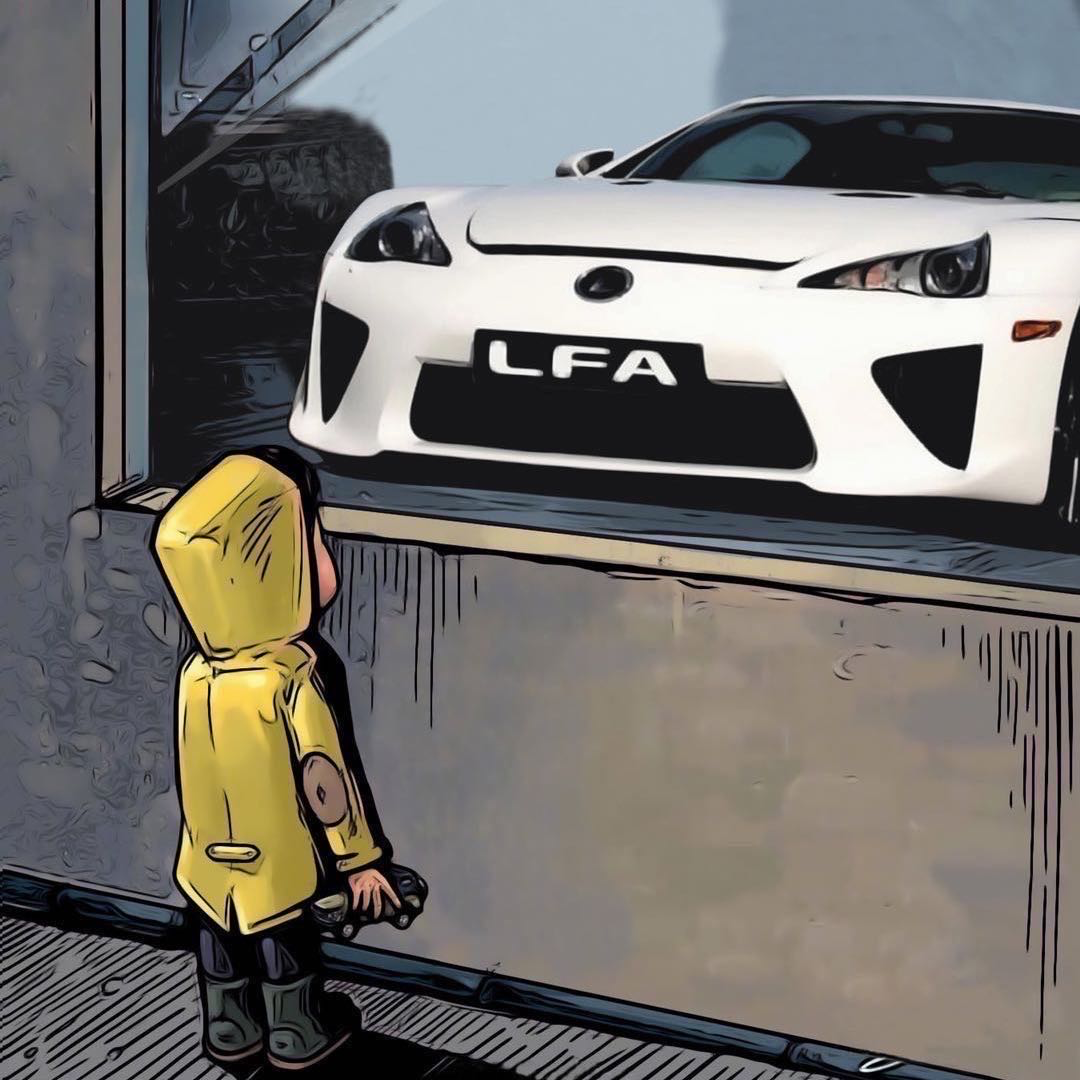 LienApr 25, 2025, 04:47 PM
LienApr 25, 2025, 04:47 PM
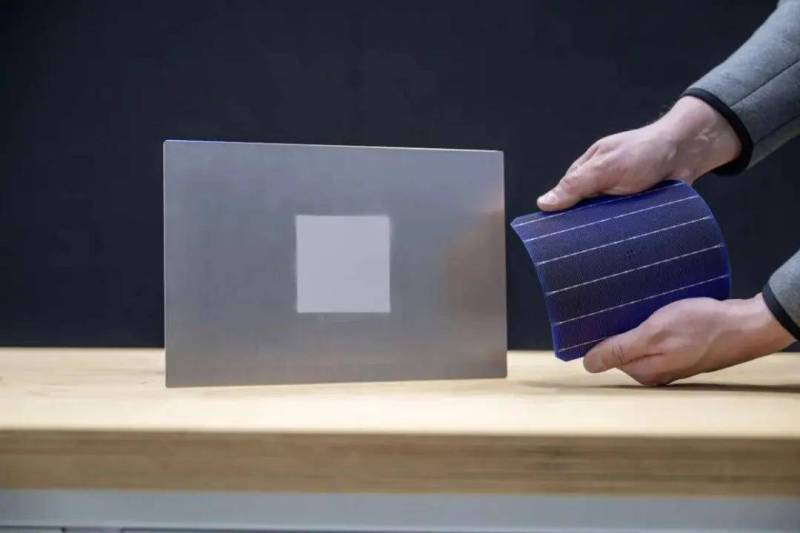
【PCauto】Mercedes-Benz has recently shown a solar paint technology that can utilize sunlight to charge electric vehicles.
Mercedes' solar paint is based on nanoparticle technology, with its core working mechanism relying on the photoelectric effect to convert light energy into electrical energy.
When photons from light strike the paint surface, the semiconductor nanoparticles (quantum dots) contained in the coating absorb the photon energy and transfer it to electrons, causing the energized electrons to move and generate an electric current.
The electric current can be effectively directed to the electric vehicle's electrical system to power various components, or even charge the battery directly.

The paint itself possesses several remarkable advantages.
First, the coating is extremely thin at just 5 microns - about one-tenth the diameter of a human hair - and weighs only 50 grams per square meter. This ultra-light property means it adds almost no extra weight when applied to a vehicle body, thus having no negative impact on handling or energy consumption.
Second, the paint offers great flexibility in color selection and can be tinted to any shade according to consumer preferences. However, it's worth noting that color choice affects the paint's energy capture efficiency in certain degree, with darker colors generally performing better at capturing solar energy.
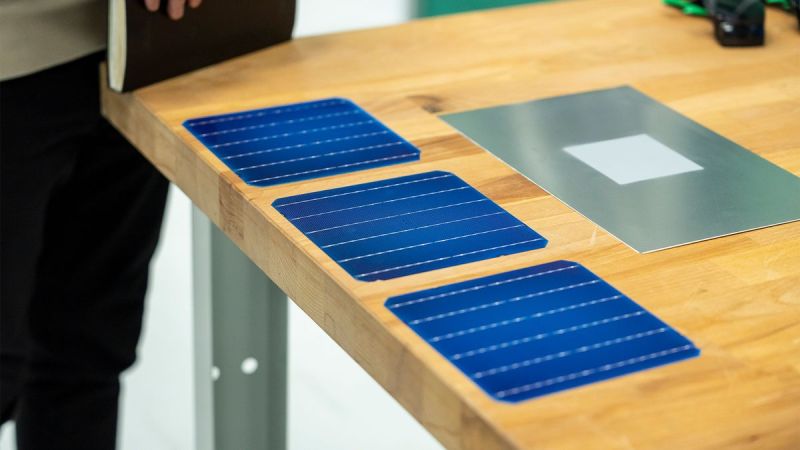
Furthermore, the paint is covered with a special nanoparticle-based coating that serves dual purposes: it allows 94% of sunlight to pass through to the photovoltaic layer beneath for energy conversion, while also acting as a durable shield against scratches, bird droppings, dust and other external factors that could damage the photovoltaic layer, significantly extending the coating's lifespan and performance stability.
Additionally, this solar paint adopts only non-toxic and readily available materials in its composition, containing no rare earth elements or silicon. This not only reduces its potential harm to the environment but also provides the paint with significant cost advantages, laying a solid foundation for future large-scale commercial applications.

In practical application, Mercedes' solar paint has demonstrated surprisingly impressive range-extending capabilities. Taking the mid-size SUV GLE-Class as an example, its body surface area measures approximately 11 square meters.
Under ideal lighting conditions, such as in sunny Los Angeles, the electricity generated by this paint can meet the vehicle's daily driving needs of about 56 kilometers. Calculated annually, the solar-converted electricity could support approximately 20,116 kilometers of driving.
Even in cities with relatively less sunshine, like Stuttgart, Germany, it could still provide around 12,000 kilometers of additional range per year.
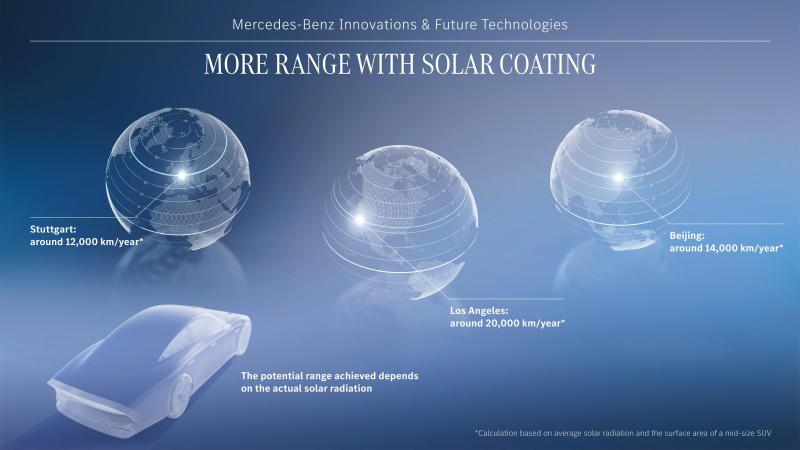
This means that in many cases, the energy absorbed and converted by the solar paint alone could satisfy a significant portion of daily travel requirements, greatly reducing reliance on traditional charging methods.
Beyond substantially increasing range, this technology has broader significance. From an environmental perspective, it further advances the automotive industry toward sustainable development. By utilizing clean solar energy to power vehicles, it reduces carbon emissions from conventional power generation, helping reduce global climate change pressures.
From an energy utilization point, vehicles can continuously generate electricity whether parked or in motion. This on-the-go energy capturing method significantly improves energy efficiency. Moreover, excess electricity generated could even be returned to homeowners' grids through bidirectional charging technology, enabling flexible energy distribution and reuse.
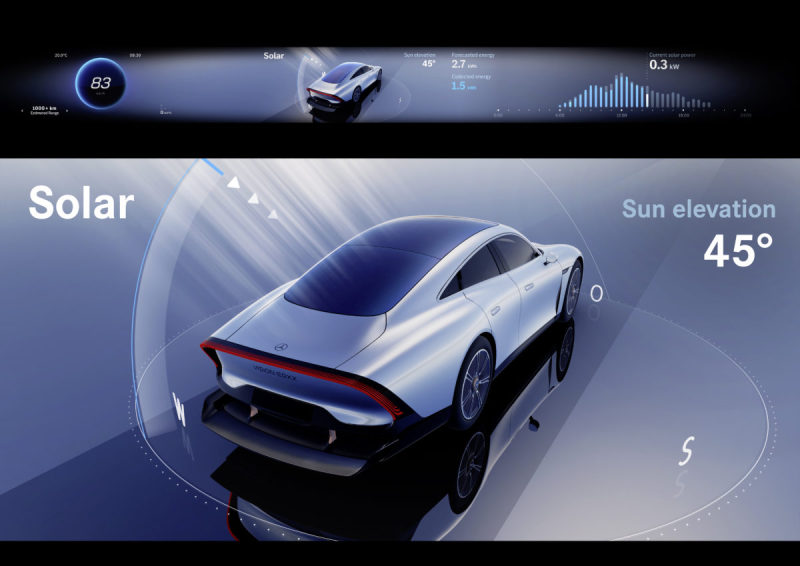
However, despite the promising prospects of Mercedes' solar paint technology, it currently remains in the research phase with a certain room for be mature before achieving large-scale commercial application.
One of Mercedes' key priorities now is to overcome technical challenges to ensure this coating can be applied evenly and stably across all exterior surfaces of vehicles, no matter how complex their shapes or varied their angles may be. Only by resolving this technical bottleneck can the solar paint achieve its maximum efficiency potential and enable widespread adoption across various vehicle models.
Mercedes' developed solar paint technology undoubtedly brings an innovative solution to the electric vehicle industry, demonstrating tremendous potential in enhancing driving range, promoting environmental protection, and optimizing energy utilization.
If any infringement occurs, please contact us for deletion
Trending News
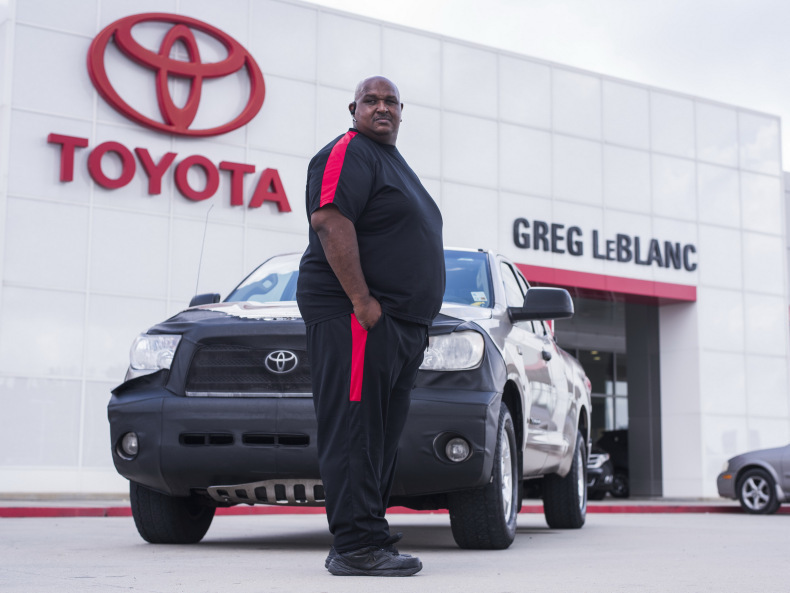
Toyota Tundra Owner Achieves the Second Million-Mile Milestone
[PCauto] The mileage often measures the quality and durability of a car, and Victor Sheppard and his two Toyota Tundra pickups have set a staggering record.With Victor Sheppard's dedication and careful maintenance of the Toyota Tundra, he successfully drove two different Tundra pickups over 1 million miles (approximately 1,609,340 kilometers).In 2007, Sheppard bought a brand new Toyota Tundra CrewMax. Over the next nine years, as a contractor, he worked across the United States, from Louisiana t

BYD Plans to Promote 1000V High Voltage Super Charging Stations and Its Models on a Large Scale
【PCauto】Recently, the news that BYD plans to massively implement a 1000V high-voltage supercharging platform has attracted widespread attention. It is reported that this platform will be launched in the middle of March this year and supports super-fast charging above 5C. After its release, it will quickly be popularized to its own models and large-scale construction of 1000V supercharging stations.This move will undoubtedly set off a wave in the new energy vehicle market. Let's delve into the te
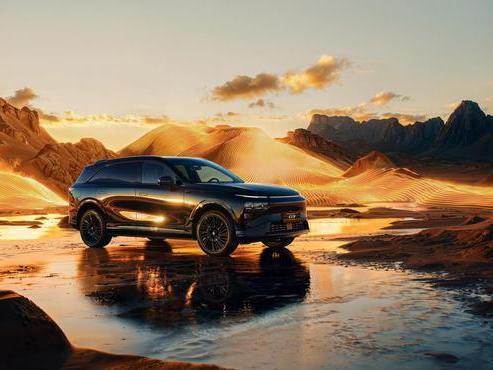
XPENG G9 is about to be launched in China, bringing 66 upgrades in features
【PCauto】XPENG has recently announced that the 2025 XPENG G9 will soon be launched in China. Although the official did not announce the time and price, the success of XPENG G6 and X9 has rekindled expectations for the once-failed G9 by XPENG. In terms of appearance, the G9 continues the X-BOT FACE 3.0 design language, with a closed grill at the front paired with split-style headlights on both sides, new two-tone collision colors and all-black body styles, with a petal-style wheel hub. Combining
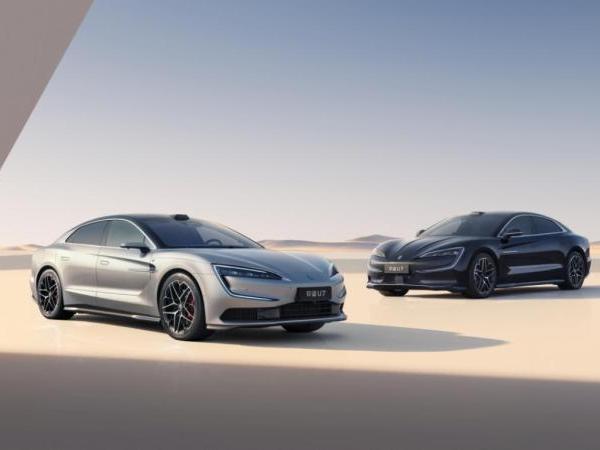
BYD YANGWANG U7 Launches with World's First Suspension Charging Tech
[PCauto] On March 27, BYD YANGWANG U7 was launched, with two power versions of pure electric and plug-in hybrid, a total of four models. YANGWANG U7 EV Five-seater Luxury Edition, priced at about 292.85 million baht/RM38.31 YANGWANG U7 EV Four-seater Flagship Edition, priced at about 330.04 million baht/RM43.19 YANGWANG U7 PHEV Five-seater Luxury Edition, priced at about 292.85 million baht/RM38.31 YANGWANG U7 PHEV Four-seater Flagship Edition, priced at about 330.04 million bah
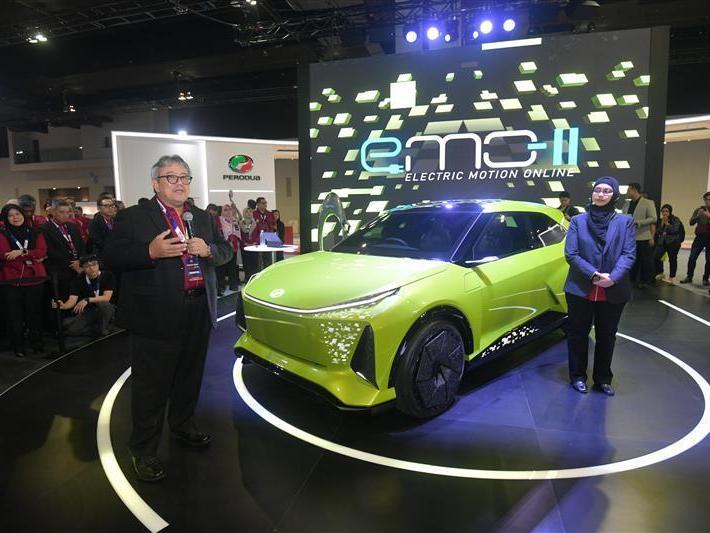
What will the new Perodua Car look like in 2025? What kind of changes will they undergo?
【PCauto】In 2025, Perodua will introduce a series of anticipated new car dynamics, covering the launch of new models and remodeling of several existing models, whether in the bold step in the field of electrification or in the optimization of classical models.Perodua is to launch its first electric car in 2025Perodua's first pure electric car is expected to go on sale officially in the fourth quarter of 2025. To ensure the vehicle's performance and quality, Perodua may initiate testing work as ea
Popular Cars
Car Compare

